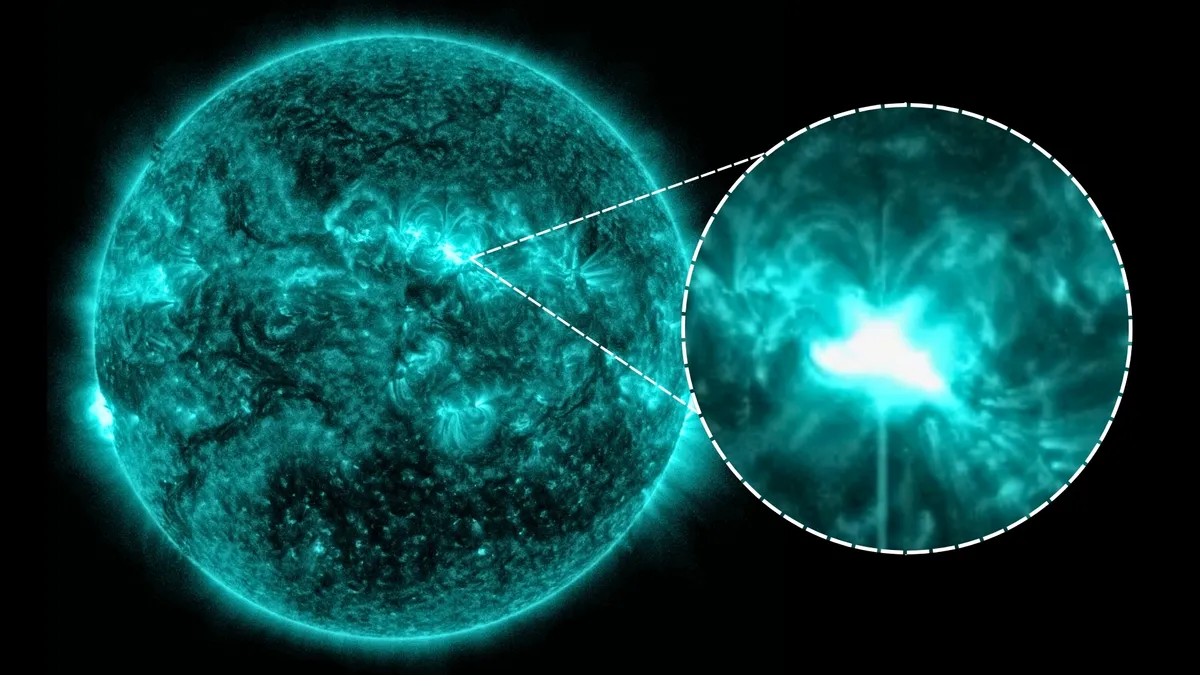
In an exciting development for solar enthusiasts and scientists alike, Sunspot Region 4114 has once again demonstrated its dynamism by unleashing its strongest eruption yet — an X1.2-class solar flare. This powerful flare erupted on June 17 at precisely 5:54 p.m. EDT (2154 GMT), marking a notable milestone as the first X-class flare from this active sunspot region. Over the past few days, Region 4114 has already been responsible for several M-class eruptions, showcasing its volatile nature.
The recent flare triggered significant disruptions, leading to radio blackouts across the Pacific Ocean region, with Hawaii experiencing the most substantial effects. According to the NOAA's Space Weather Prediction Center, this event resulted in a shortwave radio blackout primarily affecting the sunlit side of the Earth. Ham radio operators and aviators, particularly those operating at frequencies below 25 MHz, reported noticeable signal loss shortly after the flare's occurrence, as detailed by spaceweather.com.
X-class flares are recognized as the most potent type of solar flare, with the recent event categorized as an X1.2. While this rating places it at the lower end of the X-scale, it remains significantly powerful, capable of causing substantial disruptions to communication systems. To put this into perspective, an X1 flare is 10 times more powerful than an M1 flare and 100 times stronger than a C1-class flare, emphasizing the potential impact of such solar activity.
As forecasters continue to monitor sunspot region 4114, it's essential to note that this region remains Earth-facing and exhibits signs of magnetic instability. This instability suggests that further high-level flares could be on the horizon in the coming hours or days, potentially accompanied by coronal mass ejections (CMEs). If future flares do produce CMEs directed toward Earth, they could trigger geomagnetic storms and lead to stunning auroras.
In summary, the recent X1.2-class solar flare from Sunspot Region 4114 has highlighted the dynamic and often unpredictable nature of solar activity. As space weather forecasters keep a vigilant watch on this prolific flare factory, the scientific community and enthusiasts alike are eager to see what the sun has in store for us next.